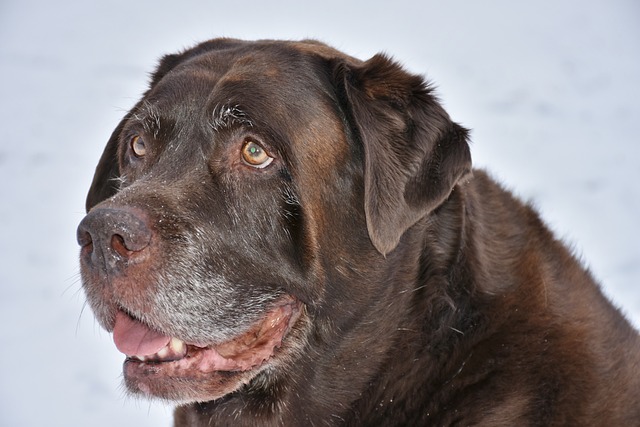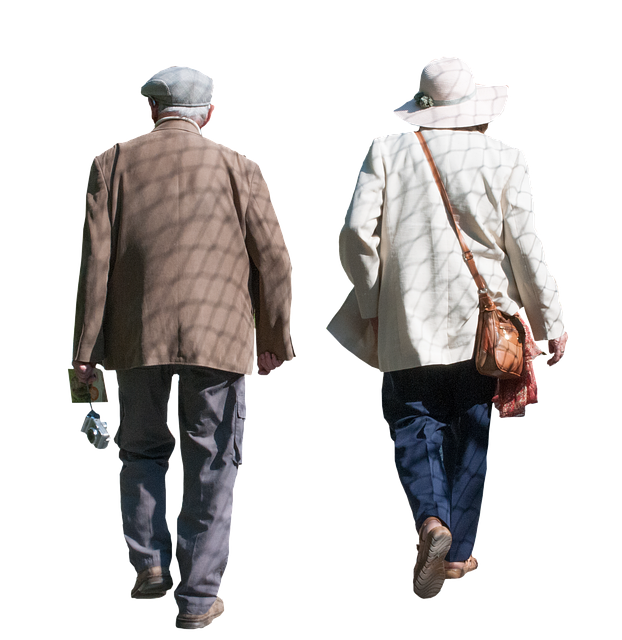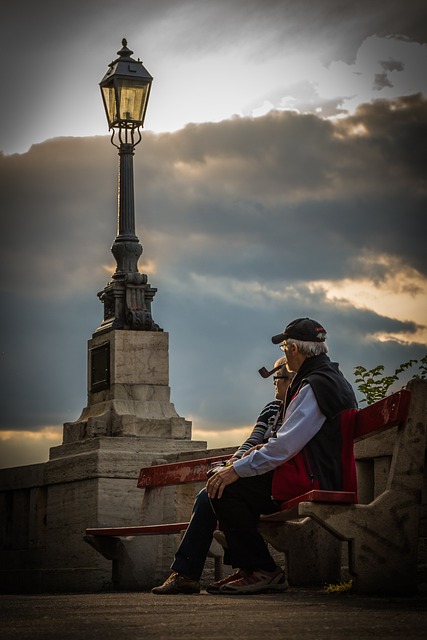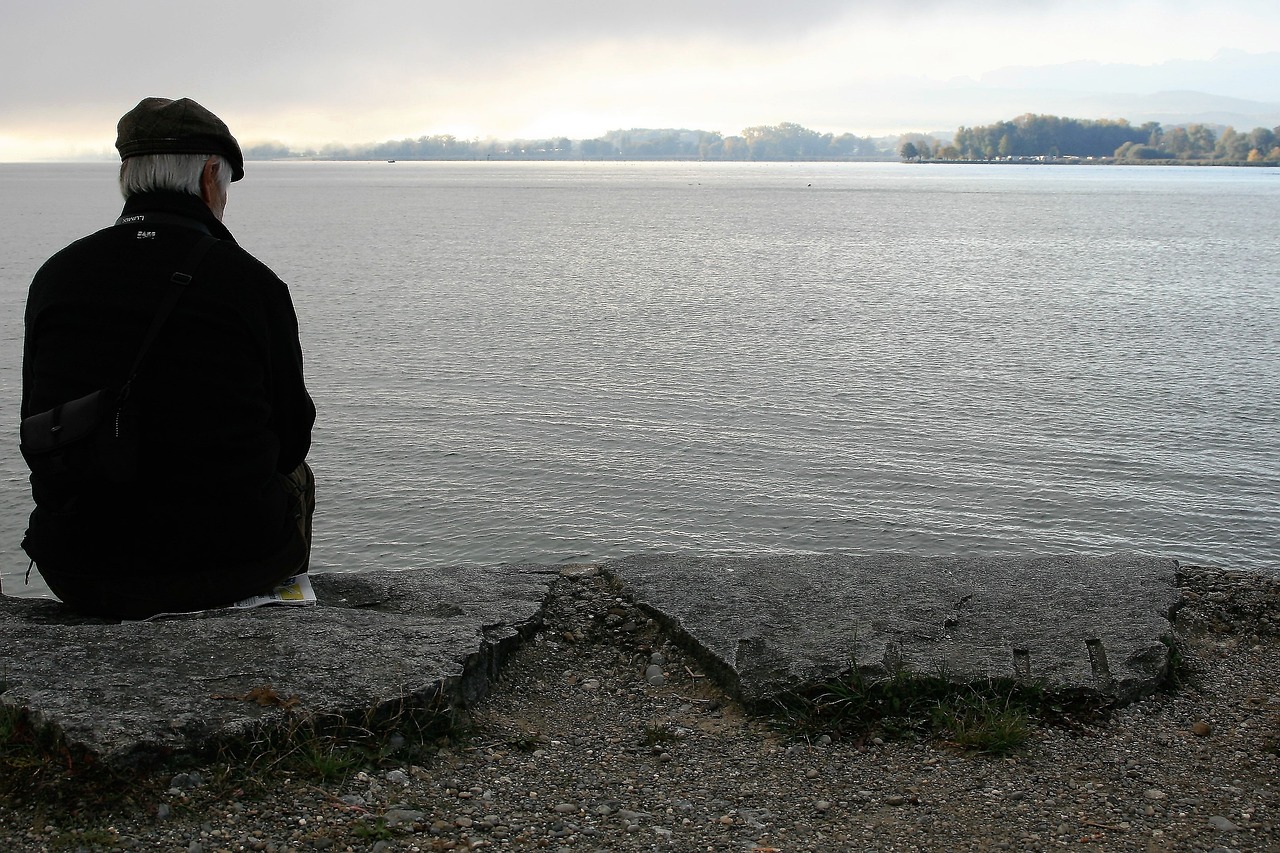Are you worried about the safety of your elderly loved ones? Well, you’re not alone. Falls are a common concern for seniors, and their consequences can be severe. But the good news is that there are products out there specifically designed to help prevent falls in seniors. In this article, we’re going to take a closer look at some of the best products available, so you can have peace of mind knowing that your loved ones are safe and secure.
First up on our list is the grab bar. These simple yet effective devices can be installed in bathrooms, hallways, and other areas where seniors may need support. The grab bar provides a sturdy handhold, making it easier for seniors to navigate their surroundings and reduce the risk of falls. And the best part is, they come in a variety of sizes and styles to fit any home decor.
Another great product to consider is the non-slip bath mat. Bathrooms can be particularly hazardous for seniors, especially when they’re wet and slippery. A non-slip bath mat provides extra traction and stability, reducing the chances of a fall in the shower or tub. Look for a mat that has suction cups on the bottom to ensure it stays in place, even during the most vigorous showers!
Speaking of showers, a shower chair is another invaluable product for fall prevention. This sturdy seat allows seniors to sit while showering, eliminating the need for them to stand for long periods of time. A shower chair provides stability and support, reducing the risk of falls in the bathroom. Look for one that is adjustable in height and has non-slip feet for added safety.
In conclusion, there are many products available that can help prevent falls in seniors. From grab bars to non-slip bath mats and shower chairs, these items can make a significant difference in the safety and well-being of your elderly loved ones. In the upcoming article, we’ll delve deeper into the features and benefits of each product so you can make the best choice for your family. Stay tuned! Fall prevention is a crucial aspect of senior care, as falls can have a significant impact on both the physical and mental well-being of older adults. It is important to understand the impact of falls on seniors and the various factors that contribute to them. By identifying these factors, we can take steps to minimize the risk of falls and ensure the safety and independence of our senior loved ones.
Understanding the impact of falls on seniors
Falls can have serious consequences for seniors, leading to injuries such as fractures, head trauma, and sprains. In addition to the physical harm, falls can also lead to psychological effects, including fear of falling and reduced mobility. These psychological effects can further increase the risk of falls, as seniors may become more sedentary and lose muscle strength and balance.
Statistics on falls in the elderly population
According to the Centers for Disease Control and Prevention (CDC), falls are the leading cause of injuries among older adults, with one in four adults aged 65 and older experiencing a fall each year.

Factors contributing to falls in seniors
There are several factors that contribute to falls in seniors, including age-related changes and physical decline, medication side effects and interactions, and environmental hazards in the home.
Age-related changes and physical decline can affect a senior’s balance, coordination, and muscle strength, making them more prone to falls. As we age, our vision and hearing may also decline, further impacting our ability to navigate our surroundings safely.
Medication side effects and interactions can also increase the risk of falls in seniors. Certain medications, such as sedatives and antidepressants, can cause dizziness or drowsiness, while interactions between multiple medications can lead to adverse effects on balance and coordination.
Environmental hazards in the home, such as uneven flooring, poor lighting, and cluttered walkways, can also contribute to falls. It is important to identify and address these hazards to create a safe living environment for seniors.
Home modifications for fall prevention
Making certain modifications to the home can greatly reduce the risk of falls. Installing grab bars in bathrooms can provide support and stability when getting in and out of the shower or using the toilet. Removing tripping hazards, such as rugs or loose cords, from walkways can also prevent falls. Improving lighting and visibility by adding brighter bulbs and night lights can make it easier for seniors to navigate their homes safely.
Assistive devices for fall prevention
There are various assistive devices available that can help seniors prevent falls.

Exercise and physical activity for fall prevention
Regular exercise and physical activity are essential for maintaining balance, strength, and mobility, which can greatly reduce the risk of falls.

Evaluating footwear for fall prevention
Choosing the right footwear is important for fall prevention. Supportive and properly-fitting shoes with non-slip soles offer stability and reduce the risk of tripping. It is important to avoid high heels or shoes with slippery soles, as they can increase the risk of falls. In some cases, specialized footwear, such as shoes with ankle support or orthotic inserts, may be recommended for seniors with specific foot or balance issues.
Medication management for fall prevention
Proper medication management is crucial for fall prevention in seniors. Regular medication reviews with healthcare professionals can help identify potential side effects or interactions that may increase the risk of falls. It is important for seniors and caregivers to be aware of the potential risks associated with their medications and to follow the prescribed dosage and instructions. Proper storage and organization of medications can also help prevent medication errors and reduce the risk of accidental falls.
Risk assessment and fall prevention strategies
Fall risk assessments conducted by healthcare professionals can help identify individual factors that may increase the risk of falls. These assessments may include evaluating balance, strength, vision, and medication use. Additionally, home safety evaluations can identify environmental hazards and recommend modifications to reduce the risk of falls.
Creating personalized fall prevention plans based on the results of these assessments can help seniors and caregivers understand and address their specific needs. These plans may include recommendations for home modifications, assistance with medication management, and personalized exercise programs.
Importance of regular vision and hearing check-ups
Optimal vision and hearing are important for balance and awareness, which can help prevent falls. Regular vision and hearing check-ups can identify any issues that may impact a senior’s ability to navigate their surroundings safely. By addressing these impairments through eyeglasses, hearing aids, or other interventions, seniors can improve their overall safety and reduce the risk of falls.
In conclusion, preventing falls in seniors is of utmost importance to ensure their safety and well-being. By understanding the impact of falls, identifying the factors that contribute to them, and implementing appropriate strategies, we can minimize the risk of falls and help seniors maintain their independence. Whether through home modifications, assistive devices, exercise and physical activity, medication management, risk assessments, or regular vision and hearing check-ups, it is crucial to take a comprehensive approach to fall prevention that is tailored to the unique needs of each individual. By doing so, we can create a safer environment for seniors and enhance their quality of life.


